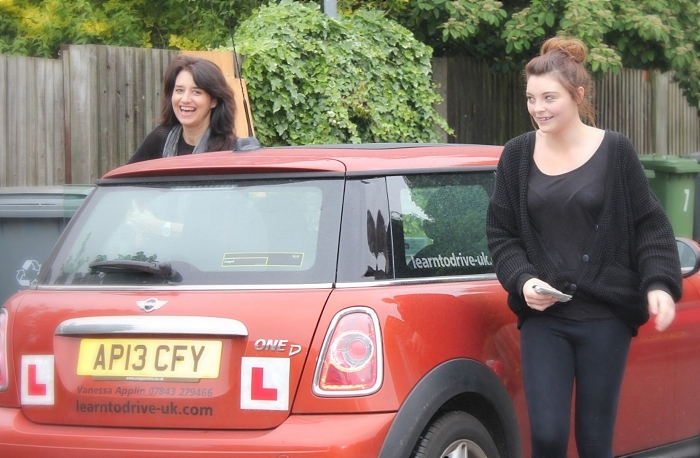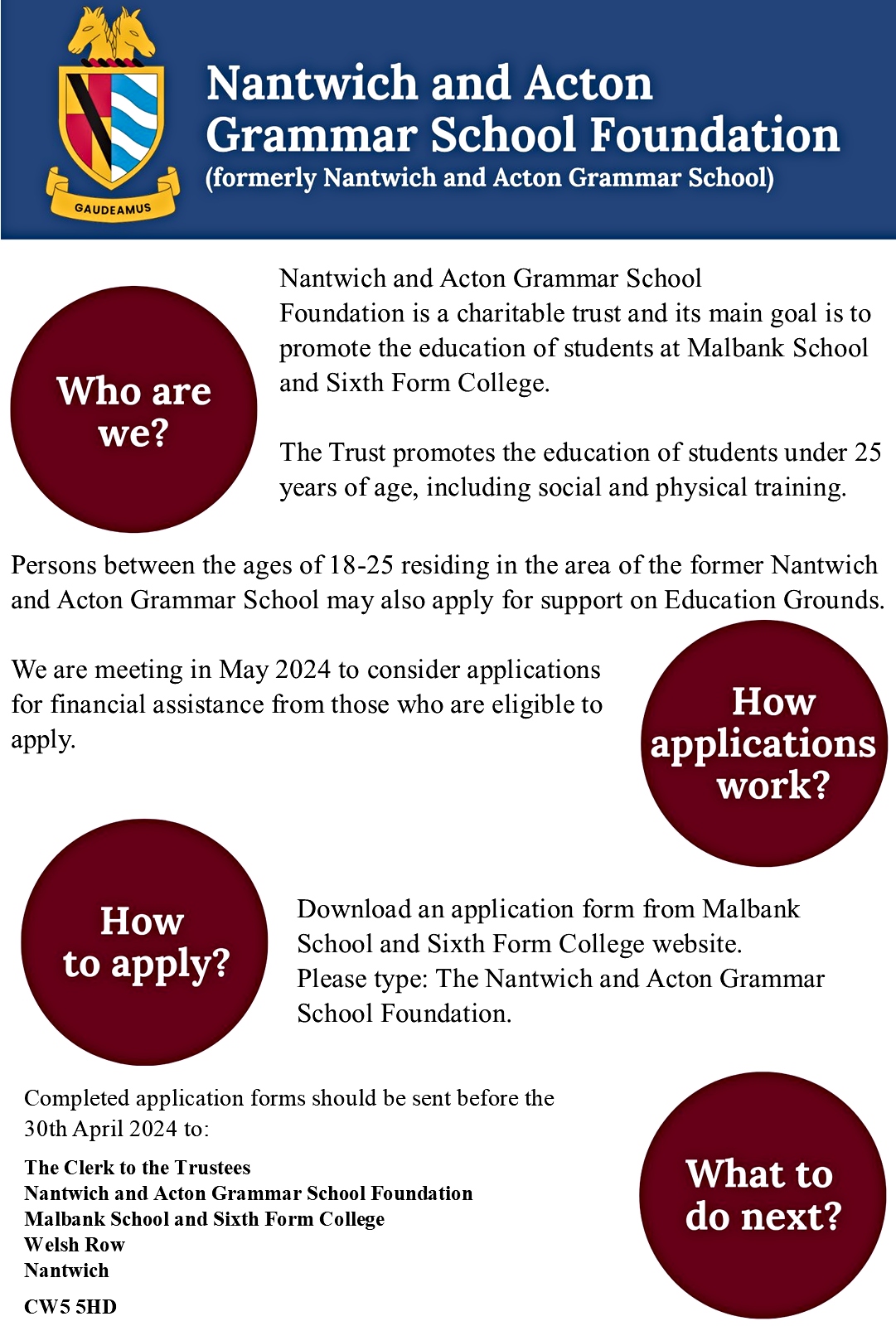
If you’re preparing for a driving test, then you’ll want to be able to nail any manoeuvre you’re asked to perform.
This means focussing your practice on them.
After all, it’s easy to rack up experience in driving from place to place, but not quite so easy to do reverse parallel parking.
Show me, tell me
During your driving test, you’ll be asked to explain how you’d perform a safety task, and then demonstrate how to perform another.
It’s worth learning the show-me-tell-me questions by heart, as it’s a minor fault if you should fail one or both of them.
Plus, the information is certain to come in handy during your driving career.
So, what are the four manoeuvres?
Parallel Parking
This is potentially the most difficult one – that is if you haven’t practiced. During the test, take a deep breath, and take your time.
If you can find a quiet place to practice, perhaps on a cul-de-sac somewhere, then you should take advantage of it.
Take out temporary car insurance to cover yourself during your practice sessions, and make sure that you tackle the problem from every possible direction, ideally in the car, you’ll be driving on the day of the test.
Bay Parking
For most people, bay parking is slightly easier than parallel parking.
Make sure that your speed is as low as possible, and that you know your reference points.
Make sure that you stop the vehicle if required – ie. if another vehicle or pedestrian is approaching.
Practice the problem in reverse as well as forwards. If you can find a large car park that isn’t in heavy use at a certain time of day, then you might find it a useful place to practice.
Pull up to right and reverse
What’s important here is that you signal and mirror before commencing this one.
Bear in mind that you might be asked to pull up and pull away on a hill, which will put a different challenge on you to control the clutch and find the biting point.
Make sure that you practise pulling up on both sides of the road, in reverse and forwards.
Emergency stop
This is arguably the easiest manoeuvre to perform – but it’s easy to get it wrong and stall the car, especially if you’re slow with the clutch.
Unlike in a real-world situation, you’ll get an advanced warning that an emergency stop is going to be required.
Remember that you’ll also need to be able to pull away safely – which means checking blind spots and putting the car in the appropriate gear.
(image by pxhere, free to use licence)

















Recent Comments